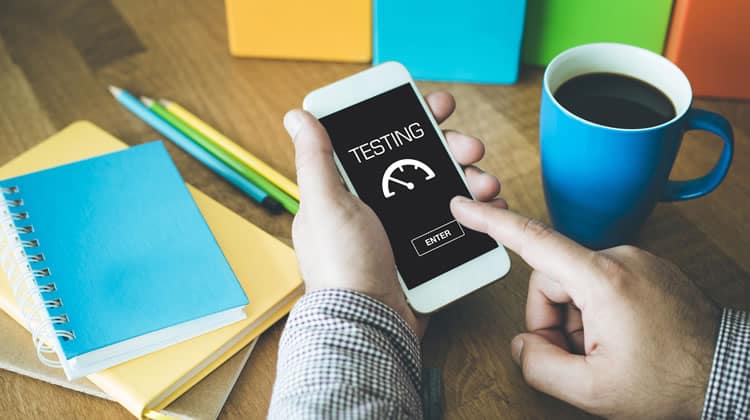In today’s digital landscape, mobile applications have become integral to how users interact with services, information, and brands. Ensuring that your mobile app provides an optimal user experience is crucial for its success. Conducting usability tests is one of the most effective ways to identify usability issues and enhance user satisfaction. Here are some best practices for conducting mobile app usability tests.

Table of Contents
Toggle1. Define Clear Objectives
Before conducting usability tests, it’s essential to establish clear goals. What specific aspects of the app do you want to test? Is it the navigation, the onboarding process, or the overall user experience? Clear objectives will guide your test design and help you measure the success of the test.
2. Choose the Right Participants
Selecting the right participants is critical for meaningful results. Ideally, your test users should represent your target audience. Consider factors such as age, tech-savviness, and typical usage scenarios. Aim for a diverse group to gather a wide range of feedback.
3. Develop Realistic Scenarios
Creating realistic tasks for participants to complete during the test is vital. These tasks should reflect typical user interactions with the app. For example, ask participants to complete a purchase, find specific information, or navigate through various features. This helps to simulate actual usage conditions and gather more relevant insights.
4. Utilize Appropriate Tools
Leverage usability testing tools that can help streamline the process. Some popular options include:
- Lookback.io: Allows you to conduct live usability tests and record sessions for later review.
- UserTesting: Provides access to a panel of users who can test your app remotely.
- Optimal Workshop: Offers tools for card sorting and tree testing to evaluate information architecture.
Choose tools that align with your testing goals and ensure they are easy to use for both testers and participants.
5. Conduct Both Moderated and Unmoderated Tests
Moderated tests, where a facilitator guides the participant through the process, can provide deep insights through direct observation and immediate follow-up questions. In contrast, unmoderated tests allow users to complete tasks at their convenience, providing a more natural user experience. Combining both methods can yield comprehensive results.
6. Create a Comfortable Environment
Make sure participants feel comfortable during the testing session. Provide a brief introduction about the test and reassure them that there are no right or wrong answers. Encourage them to vocalize their thoughts as they navigate the app. This can provide valuable insights into their thought processes.
7. Observe and Record
During the test, observe participants carefully and record their interactions with the app. Note areas where they hesitate, express confusion, or struggle to complete tasks. This qualitative data is invaluable for identifying pain points and areas for improvement.
8. Analyze Data Thoroughly
After completing the usability tests, analyze the collected data to identify trends and common issues. Look for patterns in user behavior and feedback, as these can highlight critical areas that need attention. Use both qualitative and quantitative data to form a holistic view of usability.
9. Prioritize Findings
Not all issues identified during usability testing will have the same level of impact on the user experience. Prioritize findings based on their severity and the frequency with which they occur. Focus on addressing high-impact issues first, which can lead to the most significant improvements in user experience.
10. Iterate and Retest
Usability testing is an ongoing process. After implementing changes based on feedback, conduct follow-up tests to assess the effectiveness of your modifications. Continuous testing and iteration will help you create a user-friendly app that meets the needs of your audience.
Conclusion
Conducting effective mobile app usability tests is essential for enhancing user experience and ensuring your app’s success. By following these best practices, you can gather valuable insights that lead to meaningful improvements. Remember that usability testing should be an integral part of your app development process, allowing you to create a product that truly resonates with your users.


No responses yet